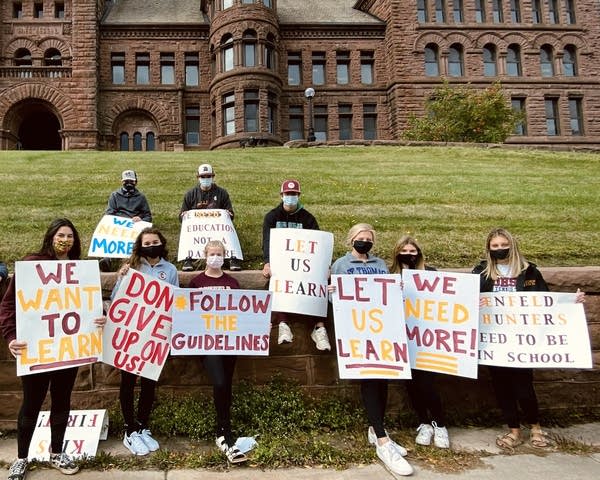Teachers, parents, districts at odds over learning scenarios

Students from Duluth ISD 709 rally on Sept. 28 at Duluth Central Administration Building for in-person learning, an improved online experience and mandated synchronous learning.
Courtesy of Marina Udd
Go Deeper.
Create an account or log in to save stories.
Like this?
Thanks for liking this story! We have added it to a list of your favorite stories.


